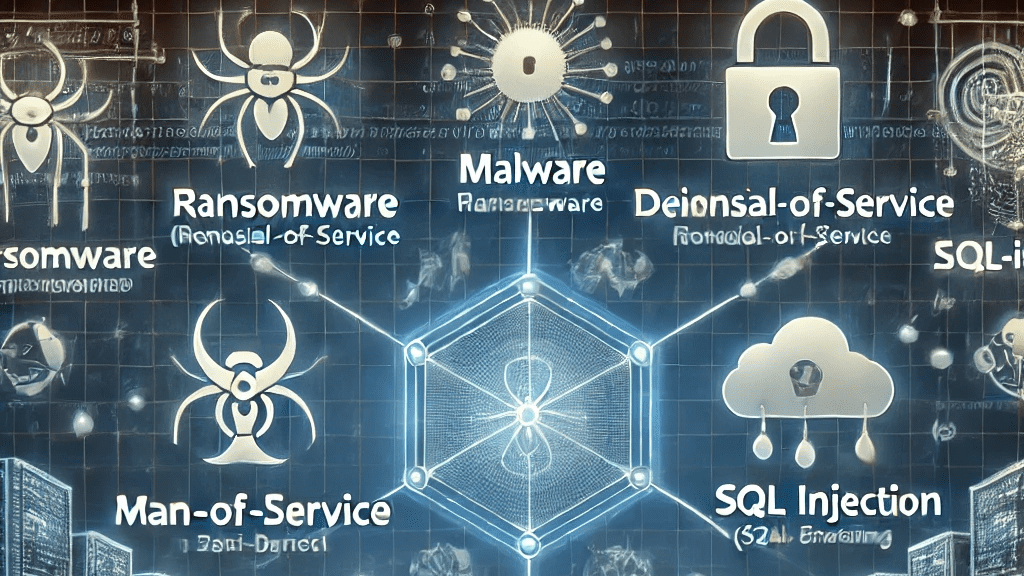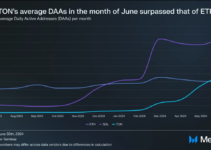Story Highlights:
- Phishing remains a significant threat in cryptocurrency, exploiting users through deceptive communications to steal sensitive information.
- Ransomware attacks demand crypto payments to unlock encrypted files, highlighting the need for robust data backups and security updates.
- Social engineering exploits human trust, leading to substantial financial losses and underscoring the critical need for vigilant cybersecurity practices.

The surge of cyberattacks has become a significant concern, with attackers employing a diverse array of strategies to siphon off valuable digital assets. From phishing to social engineering, the tactics are as varied as they are damaging. This article delves into the eight most prevalent cyberattacks within the cryptocurrency industry and outlines effective strategies to thwart these digital threats.
Phishing Attacks
Phishing attacks, characterized by fraudulent attempts to obtain sensitive information such as private keys or login credentials, dominate cryptocurrency’s cyber threat landscape. Attackers often use sophisticated emails and fake websites to trick users into divulging their information. Preventive measures include using two-factor authentication (2FA) and verifying the authenticity of URLs before interaction.
Malware
Malware represents another critical threat, with cryptojacking highlighting the dangers of unauthorized use of computing resources to mine cryptocurrency. Users can mitigate these risks by installing reputable anti-malware software and only downloading applications from trusted sources.
Ransomware
Ransomware attacks encrypt valuable data and demand ransom in cryptocurrency. To avoid exploitation, users must maintain robust offline backups and keep their systems updated.
Denial-of-Service (DoS) Attacks
DoS attacks overwhelm systems with traffic, disrupting services and slowing transaction processing. Choosing exchanges that implement strong security measures against DoS attacks is a fundamental preventive strategy.
Man-in-the-Middle (MitM) Attacks
MitM attacks involve intercepting communications between users and services to steal data. Ensuring secure connections and avoiding public WiFi can help prevent these attacks.
SQL Injection
Despite blockchain’s inherent security, applications built on it may be vulnerable to SQL injection attacks. Employing parameterized queries and reporting potential vulnerabilities are crucial defenses.
Zero-Day Attacks
Zero-day attacks exploit vulnerabilities before they are known to developers. Keeping software updated and following security news helps mitigate these unpredictable threats.
Social Engineering
Finally, social engineering attacks manipulate users into making security mistakes. Awareness and skepticism about too-good-to-be-true offers are vital for protection.
Enhanced Vigilance and Proactive Defense
The cryptocurrency sector must prioritize cybersecurity to protect against sophisticated cyber threats. By implementing strategic defenses and promoting cybersecurity awareness, users can safeguard their digital assets against the evolving threats posed by cybercriminals.
Personal Note From MEXC Team
Check out our MEXC trading page and find out what we have to offer! There are also a ton of interesting articles to get you up to speed with the crypto world. Lastly, join our MEXC Creators project and share your opinion about everything crypto! Happy trading! Learn about interoperability now!
Join MEXC and Get up to $10,000 Bonus!
Sign Up


